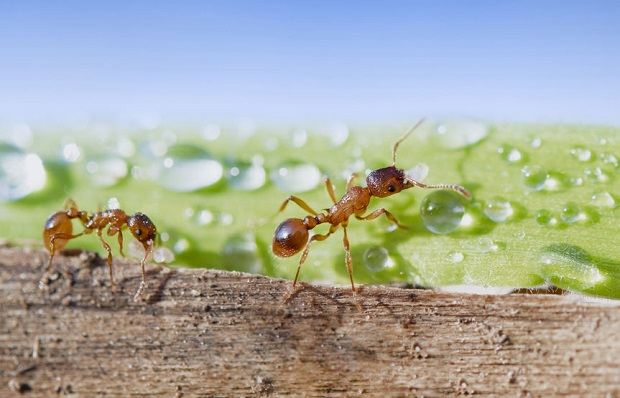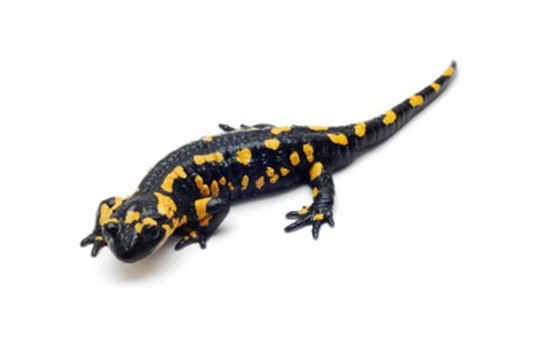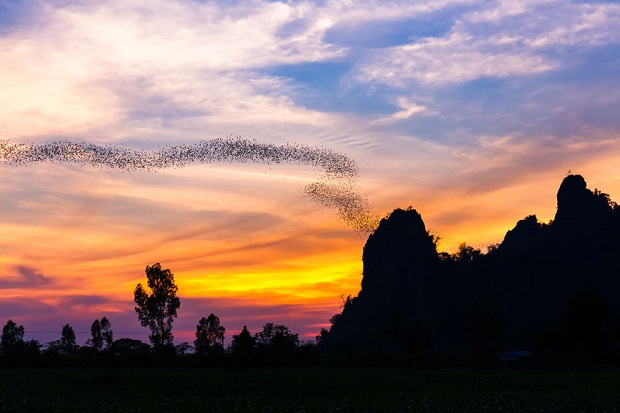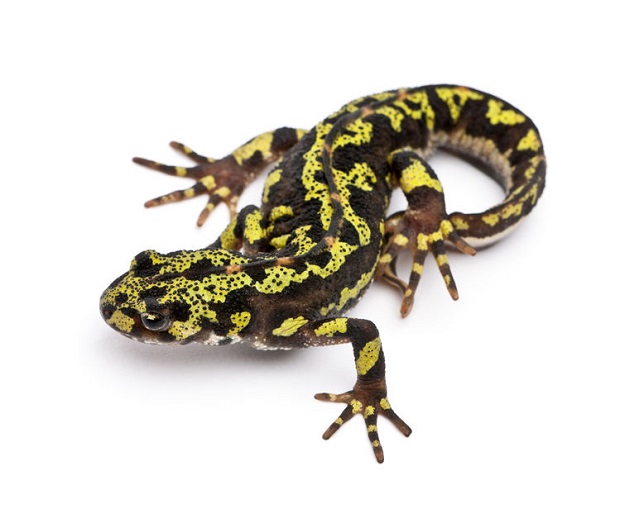
Do Ants Have Blood?
Ants DO have blood. Ants have an open circulatory system that pumps blood called haemolymph.
Ant Anatomy
Unlike a mammal’s intricate circulatory system of veins and capillaries, an ant’s body functions on a simple, open system.
Hemocoel: The open cavity that contains the whole of an insect’s circulatory system through which the blood flows.
Dorsal Vessel: The sole central blood vessel running along the internal back of an insect that functions to pump blood forward toward the head.
Ostial Valves: Fluid intake valves comparable to a heart in function.
Aorta: Functions as a pump to push circulatory fluid out into the hemocoel.
Haemolymph: Circulatory fluid of insects, comparable to blood in function rather than composition.
How the Ant’s Circulatory System Works
Unlike a mammal’s intricate circulatory system of veins and capillaries, an ant’s body functions on a simple, open system. Located at the posterior of the dorsal vessel, the ostial valves function as intake valves bringing haemolymph into the dorsal vessel. From there, it flows to the anterior end of the dorsal vessel, where the aorta pushes the heamolymph out of the dorsal vessel toward the ant’s head into the open hemocoel, where the process repeats.
What Is Ant Blood?
The composition of ant blood consists of haematocytes and plasma. Parts of the haematocytes protect the ant’s body from bacterial invasion. The plasma consists primarily of water and allows the ant to go through considerable desiccation. If this occurs, the blood becomes more concentrated. The blood carries hormones as well as food particles throughout the ant’s body.
Resources
Keeley, Larry. “Insect Organization, Structure, and Function.” Department of Entomology. Texas A&M University, n.d. Web. 21 Sept. 2010. http://entochem.tamu.edu/insect_structure-function/index.html.
Mellanby, Kenneth. “THE FUNCTIONS OF INSECT BLOOD.” Biological Reviews 14.3 (1939): 243-260. Print.





